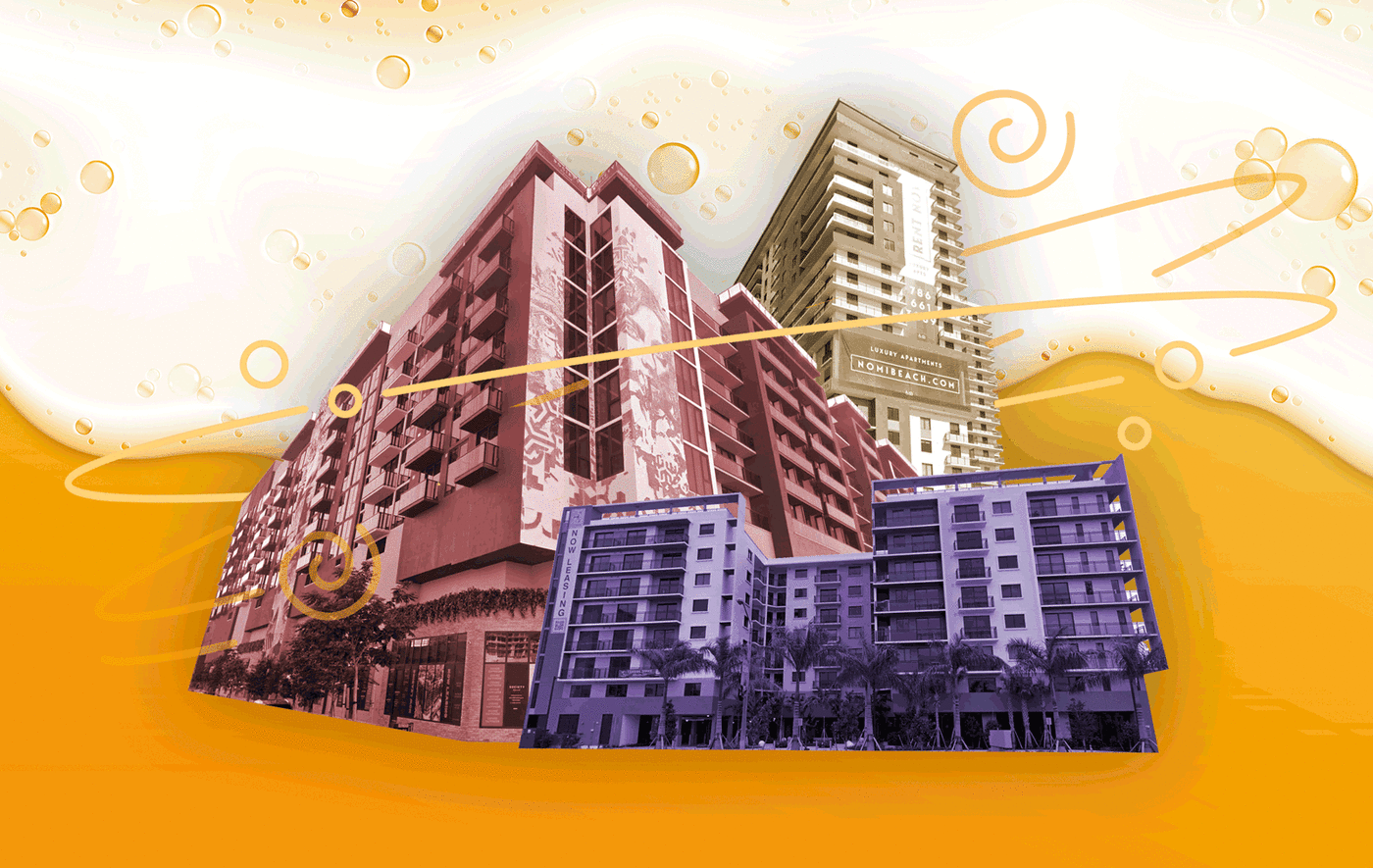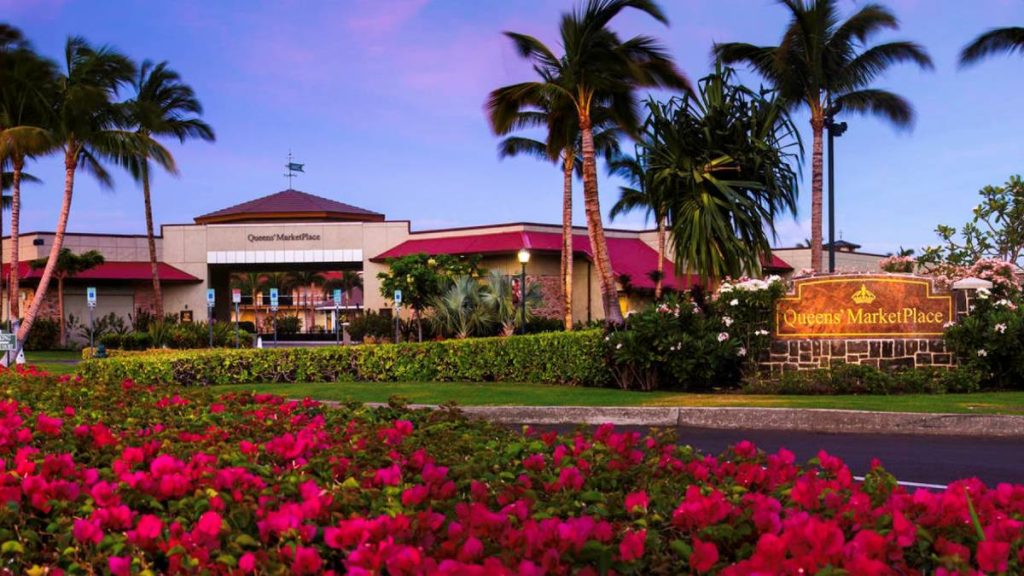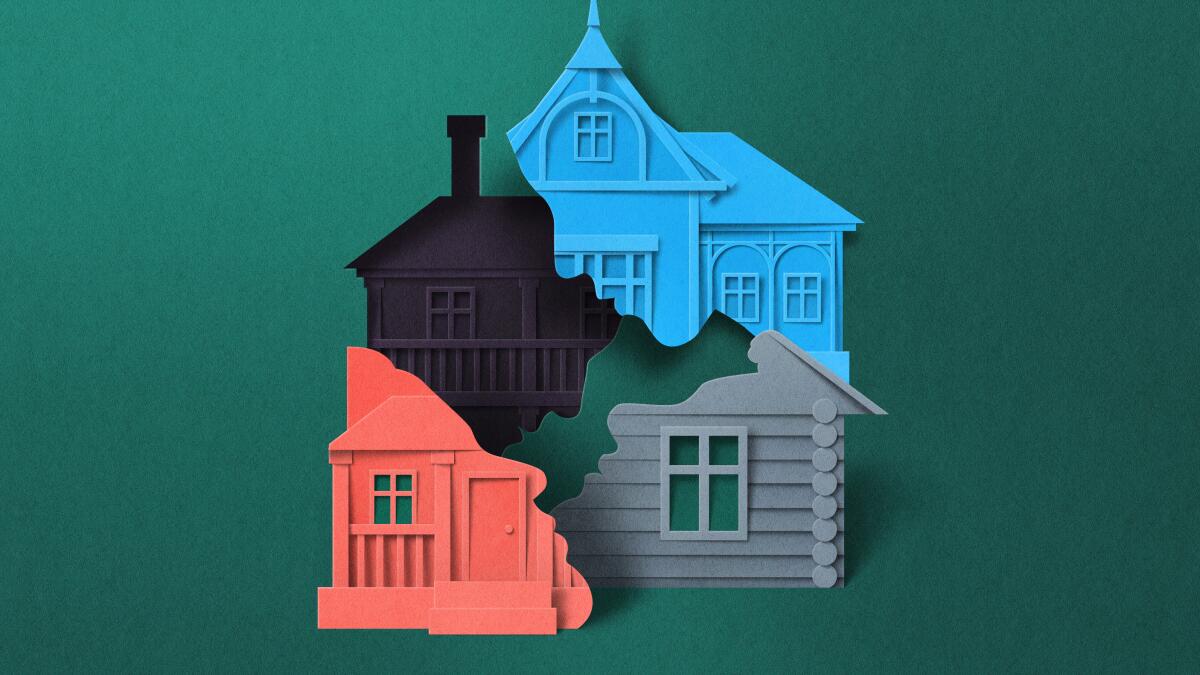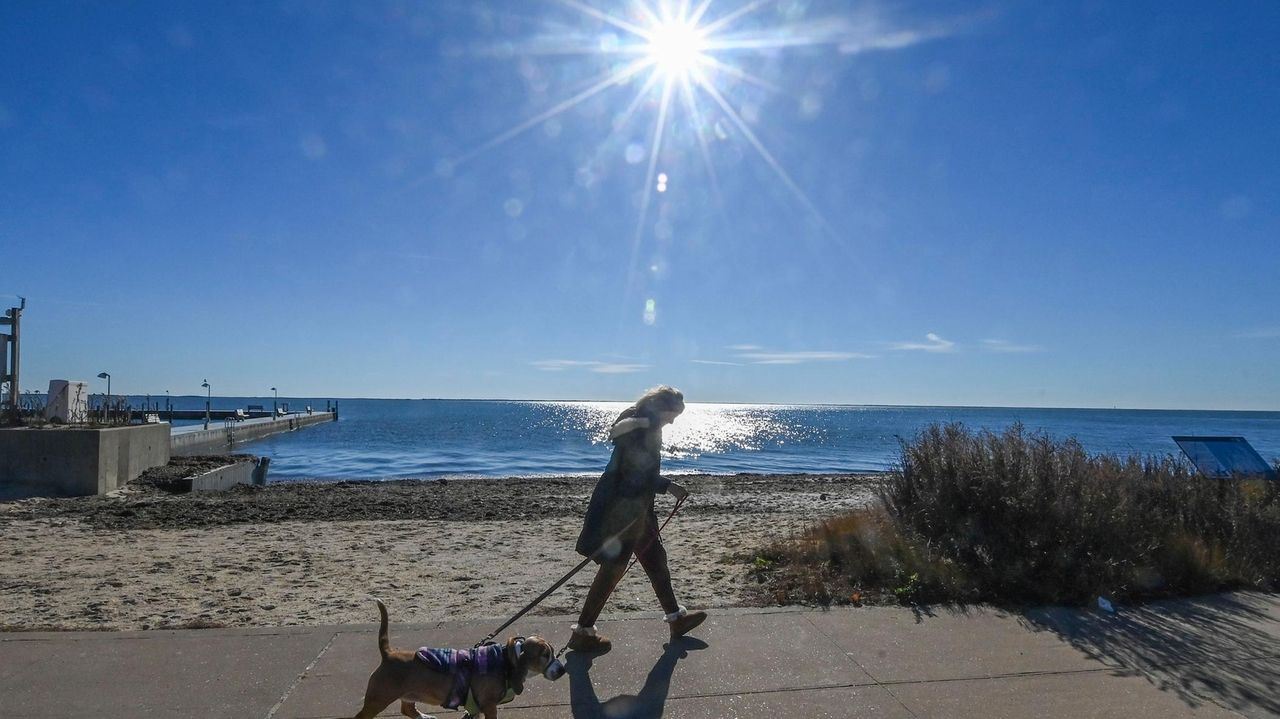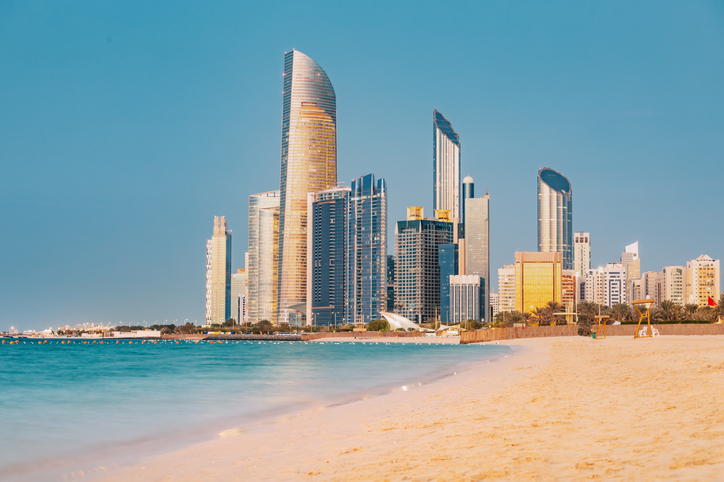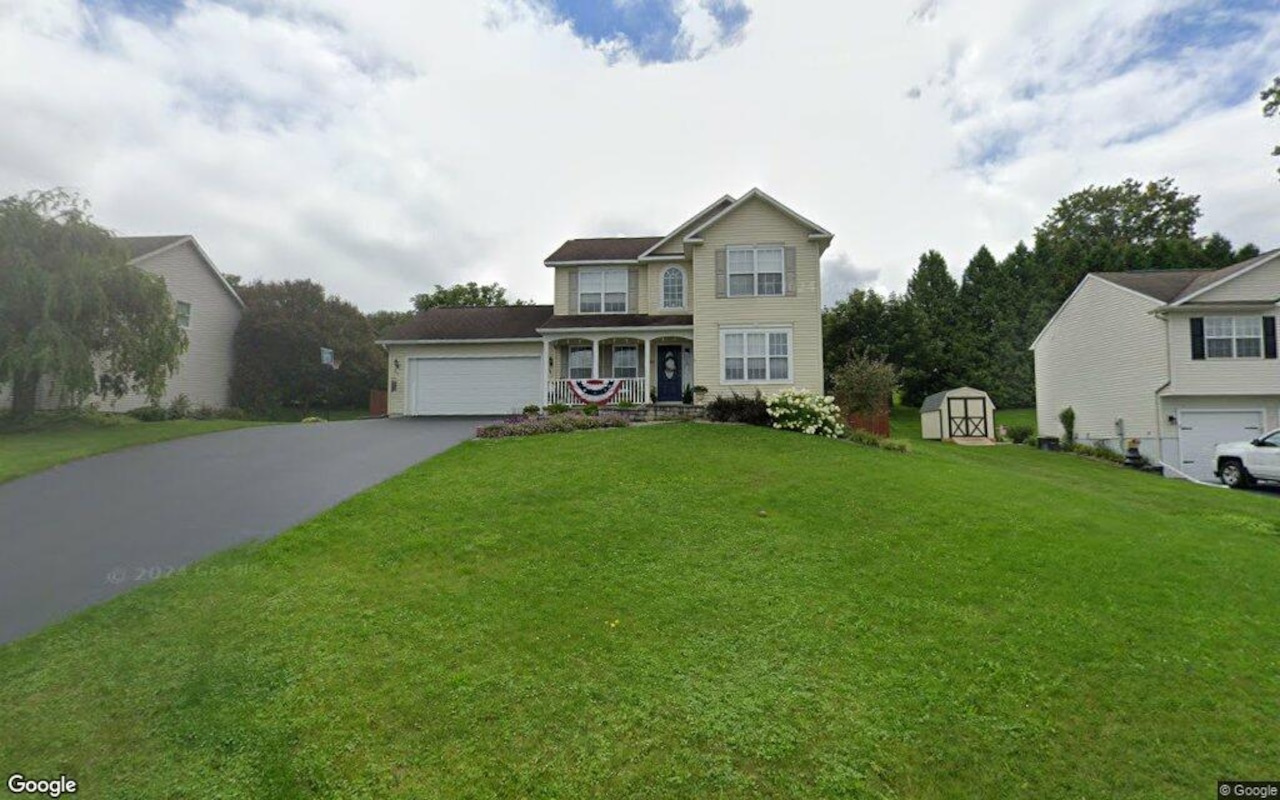T
he 293-unit Elevate in Dania Beach, completed six months ago, still has about 100 vacant apartments. To attract renters, the property manager is offering two and a half months of free rent and up to $500 in move-in credits. Developer Dan Kodsi attributes some of the building's slower lease-up to the large number of new deliveries in Dania Beach.
Many multifamily properties in South Florida are offering concessions to lure tenants, including two months of free rent at Soleste NoMi Beach and Society Wynwood. The latter is also offering a $1,000 moving costs credit and no application fees for same-day leases. These incentives follow the region's multifamily boom, which saw unprecedented demand and record rental growth from 2020 to 2022.
Developers built over 18,600 apartments last year, outpacing net new leases signed by 3,600 units, according to CoStar data. This has led to a supply overhang, with many newer communities taking longer to reach stabilization. Juan Arias, South Florida market analytics director at CoStar Group, notes that most new units are in higher-end projects with priciest rents in city downtowns and Miami's Wynwood.
Kodsi, CEO of Royal Palm Companies, chose not to build high-rises in urban cores due to cost concerns. However, his Dania Beach project still faced challenges from the large number of new deliveries in the area. "It's just slightly slower," Kodsi said, "and the concessions are a little higher than what we wanted to probably give."
Soleste NoMi Beach, completed last April, is about 87% leased, but it took four to six months longer than expected to reach stabilization due to ongoing construction of an adjacent rental tower. When developers will be able to scrap concessions and raise rents remains uncertain, with some analysts predicting this year while others say it may take longer.
A confluence of factors is at play, including the drop in out-of-state migration to South Florida. Last year, 20,909 people moved to Miami-Dade County, a 3% decrease from 2023 and 2% less than 2022. In Broward County, 18,527 residents traded their out-of-state driver's licenses last year, a 16% decrease from 2023.
Homebuying remains out of reach for many, driving rentals. The housing market was supercharged by the influx of newcomers that pushed prices to new records. Mortgage interest rates are still relatively high, despite the Federal Reserve cutting the benchmark rate three times last year. The Los Angeles fires could prompt demand for South Florida rentals, experts said.
The construction pipeline has eased, with 16,446 apartments under construction in South Florida at the end of last year and 14,000 expected to be completed by this year-end. Deliveries are projected to drop to 9,400 units in 2026. "With the slowdown in construction activity for multifamily right now, in 2026 and 2027 the market will come back into balance," Arias said.
However, it may take longer for landlords in Miami's urban core to regain power due to the large number of new deliveries in neighborhoods such as downtown Miami and Wynwood. "It could take them until 2027 and 2028 for supply and demand to come back in line because [these] developers kept on developing," Arias said.
Brian Koles, of Property Markets Group, which completed Society Wynwood last March, isn't worried about the project's lease-up prospects. He believes that lease-up within a year of completion is "a realistic goal," allowing for future renewals to come up on a staggered basis.
Andrew Rahman, of property management firm Crown Residential, witnessed South Florida's multifamily demand yo-yo over the past four years. In recent months, demand has risen to an average of 30 leases a month for a new property with some concessions, approaching pre-2020 activity. Tenants are prioritizing affordability over location and amenities.
To get around the supply overhang, some developers have opted to convert their apartment projects to condos or applied the Live Local Act retroactively. However, these solutions may not be feasible due to high development costs and lower revenue potential.
South Florida is experiencing its worst multifamily supply overhang, but it's still more bearable than in highly saturated markets elsewhere in the Sun Belt. At Elevate, 94% of units are expected to be rented by spring, with concessions ending this year and rent increases resuming next year.
